The Article
RT81 Turntable From Fluance
7th June 2019
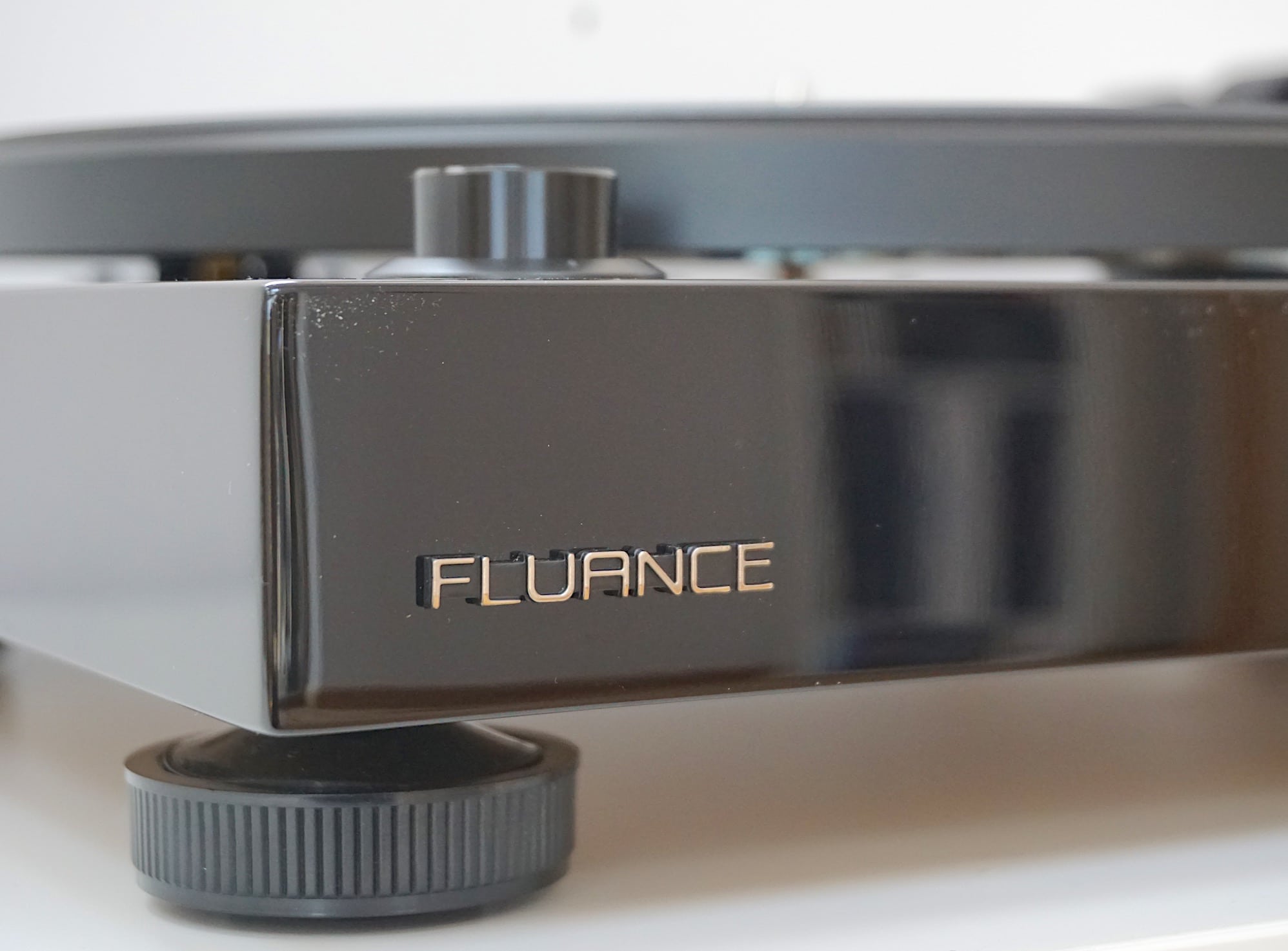
A lifestyle turntable positioned at a budget turntable price, this ‘semi-automatic’ is reviewed by Paul Rigby
Fluance has been around since 1999 selling surround sound equipment but you’d be forgiven for thinking that this Canadian company had just arrived because its turntables – and the are six models on offer in total – suddenly seem to be all over the place, at least with the aid of social media. And a lot of people have asked me to take a closer look at the company’s turntables. I will be examining the higher-priced RT83 soon but let’s begin with the budget-priced RT81 for now.
The twin-speed, belt-driven RT81 arrives with a dustcover and offers a “solid wood” plinth that sits on four feet. Well, solid MDF which is not quite the same thing but still, the plinth does lend this budget design 7.1kg in weight. Compare that to the Lenco L-3808 at 5.4kg and the Dual MTR-75 at 4kg. I list these comparative weights because a dense plinth will always help in encouraging a good bass performance. We wait and see what the actual quality is like but I expect to hear some sort of bass presence during tests.
That plinth carries a power switch and speed selector on the left. Centre is the platter. Made from aluminium, it rings like a bell but has a rubber mat for damping. Upgrade this mat to something like a felt or cork example when you can. The rubber mat included here is barely adequate.
There is also an S-shaped arm on the right of the plinth. This tonearm features a SME-type, detachable headshell. On the end of the tonearm is an Audio-Technica AT-95E cartridge. For a turntable of this ilk, that inclusion is surprising and very welcome. It’s not unique but it is rare to see such a cartridge at this price point and on this style of turntable. I would have expected a design with a cheaper, spherical stylus tip but the RT-81’s stylus tip is elliptical which will be a boon in extracting detail from the vinyl groove.
The RT-81 is not and should not be viewed as a true budget, audiophile turntable. So don’t look at this turntable as a threat to the Rega Planar 1. The RT81 should be seen strictly as a lifestyle design only. Thats how I will be testing and rating it. The reasons are two-fold and visible around the back.
Firstly, this turntable features a built-in phono amplifier (although you can add an external model later as an upgrade). It’s mere presence negates an audiophile sound because the built-in unit will lend veiling electronic noise to the turntable and cartridge. The upside is that, if you purchase an RT81, you don’t then have to purchase an external phono amplifier or hook it up with cables.
The other lifestyle addition is a switch to engage or switch off the semi-automatic function. I say semi-automatic but this feature is more like quarter automatic. A true semi-automatic turntable will lift the tonearm from the very end of the the disc’s play and then return it to its arm cradle. Not the RT81. The RT81 allows the stylus to reach the end of the record and then it switches off, dead. Nothing else. The stylus just sits there, resting on the record, motionless.
This is fine if you fall asleep during play, are too drunk to leave your chair to find where on earth the turntable has got to or you leave the room to argue with the pizza delivery man as to why there’s anchovies on your thin-base. That said, don’t knock the arm or that might send it bouncing and scratching across the record’s surface.
To review the RT-81, I decided to run it, head-to-head, with the best sub-budget and low cost lifestyle turntable on the market to date, the Lenco L-3808. The Lenco L-3808 is head and shoulders over much of the competition that I have reviewed (there’s other sub-budget designs out there that I have yet to tackle, I must admit). For now, though, the Lenco is numero ono and thus it seems fitting to do a straight A-B between it and the Fluance.
SOUND QUALITY
There are three tests here that I can see, two of them critical. Firstly, because the default Fluance features a superior AT-95 cartridge with an elliptical stylus tip, there is no point comparing the Fluance to my reference turntable because it uses a lesser specification 3600-style design with a spherical tip. Hence, performing a direct A-B test will be biased to the superior cartridge. I began by removing the Fluance’s AT-95 and swopped that for a basic 3600-style design instead. In this way I felt that the playing field would be levelled and I could review the turntable itself.
I also used an external phono amplifier. Again, to isolate the turntable and to report on that only for now.
I played Ethel Ennis who sang in front of a jazz-tinged orchestra while singing He Loves Me on the original pressing of This is Ethel Ennis (RCA).
The results were quite fascinating. When compared to my Lenco reference and its nippy direct drive motor, the Fluance sounded a little warm and veiled in terms of the upper midrange while treble was a touch rolled off at the dynamic extremes. That’s not to damn the Fluance at all. The Ennis vocal was certainly approachable and relatively smooth while the brass section was easy on the ear but space and air were not exactly plentiful, restricting reverb tails and the attack from a sudden trumpet outburst. The Lenco’s inherent, nippy transient performance meant that the piano tinkling started and stopped on the nose while the Fluance was slightly softer in its presentation. Again, there was nothing inherently bad about how the Fluance handled the upper frequencies. This area was certainly pleasant and easy to listen to over extended periods.
What did shock me, though, was the bass performance. Despite the direct drive foundation from the Lenco, the Fluance offered superior bass. Why? I’m going to point at that weighty plinth. The Lenco is much lighter and unsubstantial in terms of mass and the direct drive can’t really make up for its failings in that department. The Fluance has that big bottom to push it along so the upright bass on this track was hefty and powerful, providing a lower frequency power that was surprising in a belt driven deck such as this. I was reminded of the performance from higher-priced Thorens decks, for example.
I then swopped the 3600-style cartridge for the superior AT-95 and tested both the Lenco and the Fluance with that cartridge design in place.
In this configuration, the comparison between the RT81 and the Lenco was much tighter in terms of raw sound quality. With an AT-95 cartridge in place, the Fluance was transformed.
I want to dwell on this one point for a moment too because it also shows just how much this turntable depends on the cartridge to perform. Without the AT-95, the Fluance was comparatively dull. With it, the Fluance sounded relatively balanced and powerful. The AT-95 was the heart of the Fluance, therefore.
What the AT-95 did was to extend all of the upper frequencies, pushing the dynamic reach upward, adding air and space to cymbal taps, adding welcome reverb tails to percussive strikes, a sense of resonance to trumpet blasts and a fragility to the tinkling piano keys.
The essential difference – with an AT-95 cartridge in place on both turntables – was that the the Lenco was neutral and balanced in overall presentation while the Fluance provided an excellent upper suite of frequencies that didn’t quite reach as high as the Lenco. On the other side of the coin, the Fluance provided a bigger bottom end, more significant and meaty bass. Hence, the Lenco had the delicacy and accuracy of a ballet dancer, the Fluance felt more like an athlete packed with strength and muscle.
I completed the RT81 test by listening to the test records through its built-in phono amplifier to see how that component performed. As expected, the built-in phono amplifier was infested by noise. Placing a sensitive piece of equipment such as a phono amplifier into another sensitive piece of equipment such as a turntable is not healthy for sound quality as electronics interference will veil sonics and transfer noise from one component to the other. Hence, the turntable sounded relatively thin, barking in the upper mids, pinched in the treble and unstable around the bass. That said, to get you off and running, it will do. It’s not a disaster, it’s passable. Upgrade to an external model, as soon as…
CONCLUSION
The low-end lifestyle market is unique in how it performs because sound quality is important but money is equally so. Hi-fi buyers in this sector are often faced with cruel budget limits. In basic terms, the Fluance RT81 offers an imperfect plinth/platter and tonearm design glued successfully together via the AT-95 cartridge. The AT-95 turns a fair sounding turntable into an impressive one. As such, the performance – for a low-end lifestyle design – is one of the best on the market for its type. The killer though, the point that forces any low-end lifestyle customer to pay serious attention to this turntable is that AT-95 cartridge and the fact that it’s here at all at this price. A real advantage then and one, combined with that heavy plinth, that makes for quite a turntable.
FLUANCE RT81 TURNTABLE Price: £250 Website: www.fluance.com/contact
GOOD: heavy plinth, bass, cartridge design, relatively balanced output
BAD: built-in phono amplifier, performance without the AT-95 cartridge
RATING: 8
If you plan to purchase the above, please consider buying through me – this link allows me to skim a bit off the price to help maintain this site. Thank you:
USA – https://amzn.to/3ejl6Fi
[Don’t forget to check out my Facebook Group, The Audiophile Man: Hi-Fi & Music here: www.facebook.com/groups/theaudiophileman for exclusive postings, exclusive editorial and more!]
REFERENCE
Rega Brio-R amplifier
Spendor S3/5R speakers
Tellurium Q cabling
Blue Horizon Professional Rack System
Harmonic Resolution Systems Noise Reduction Components
All vinyl was cleaned using an Audio Desk’s Ultrasonic Pro Vinyl Cleaner

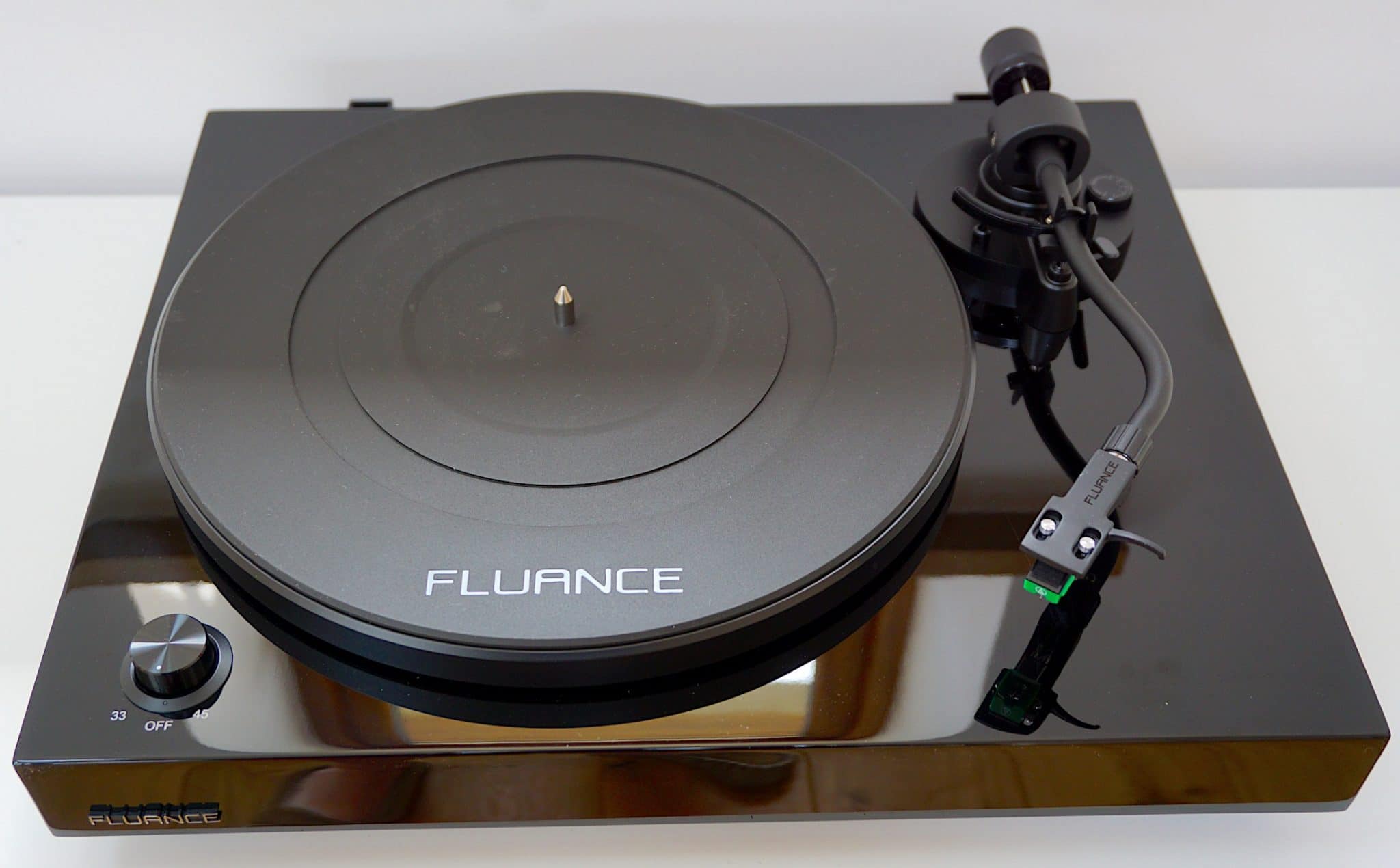
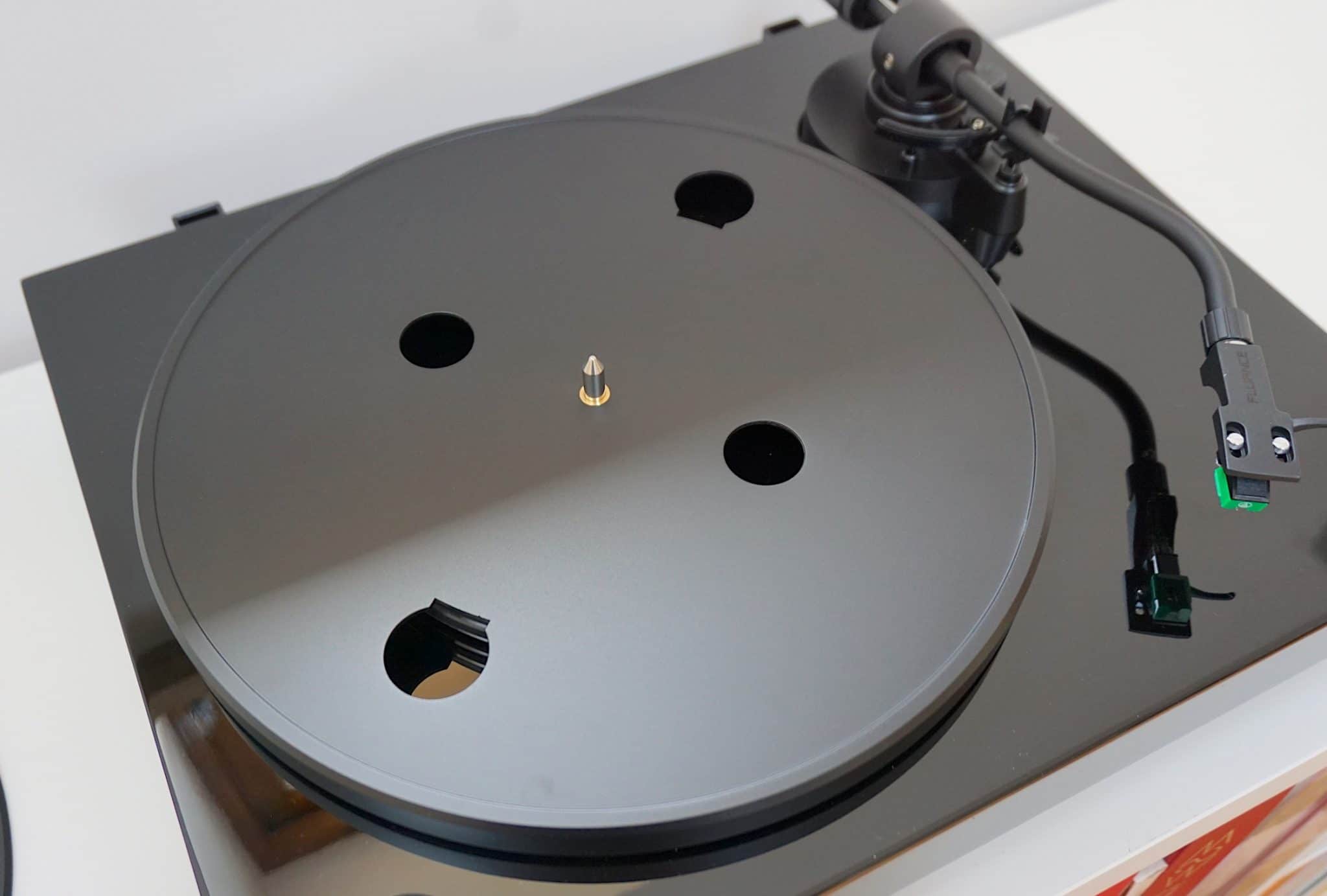
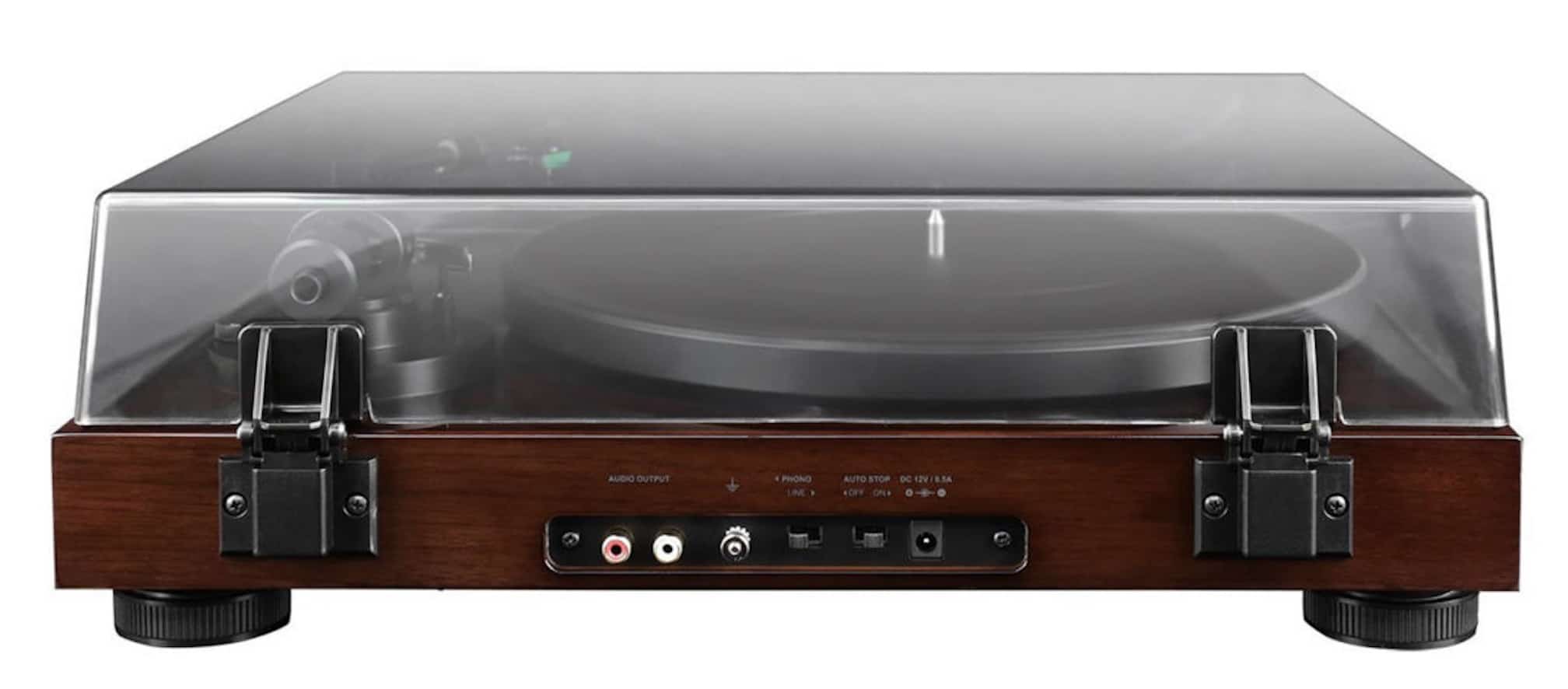
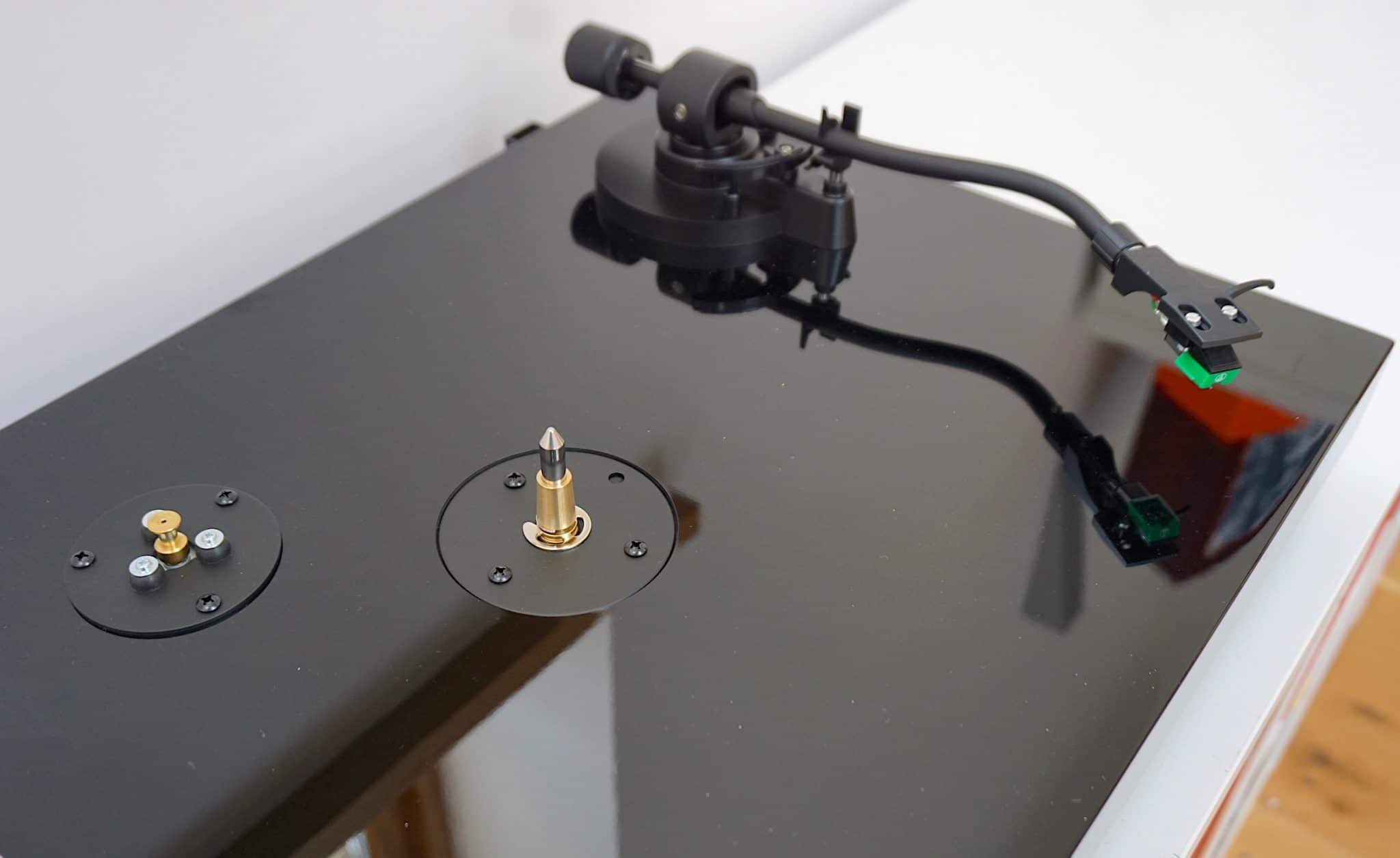
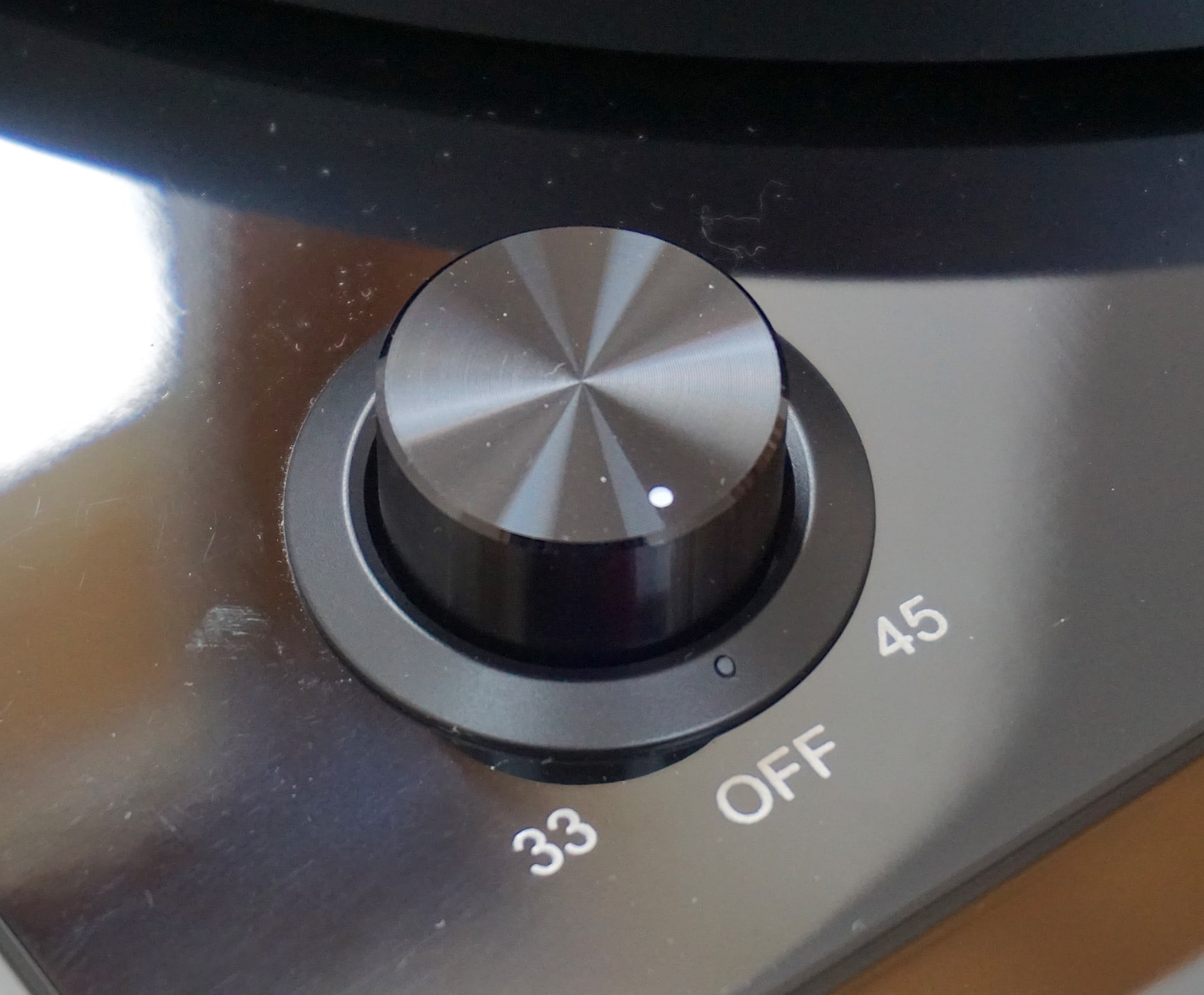
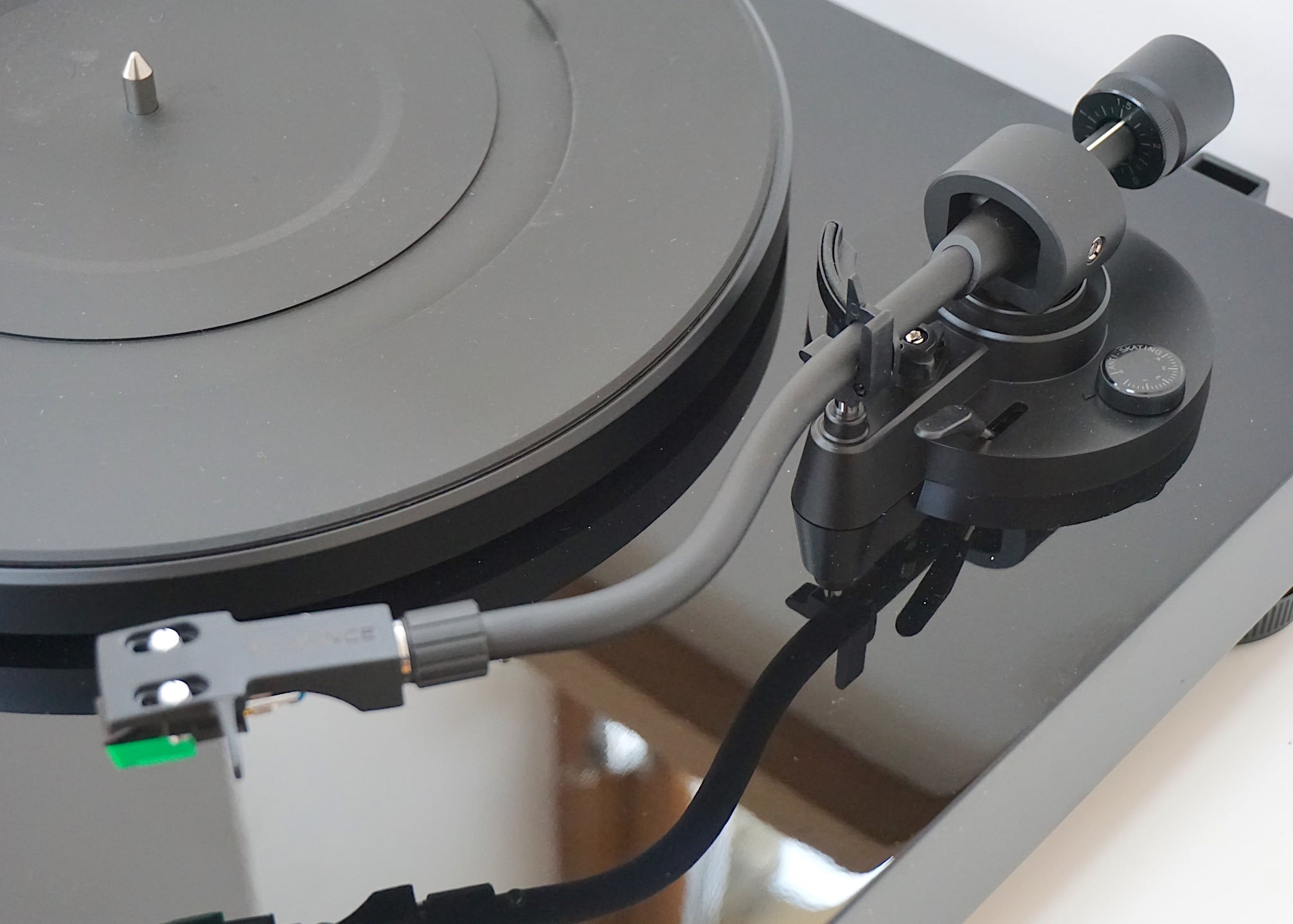
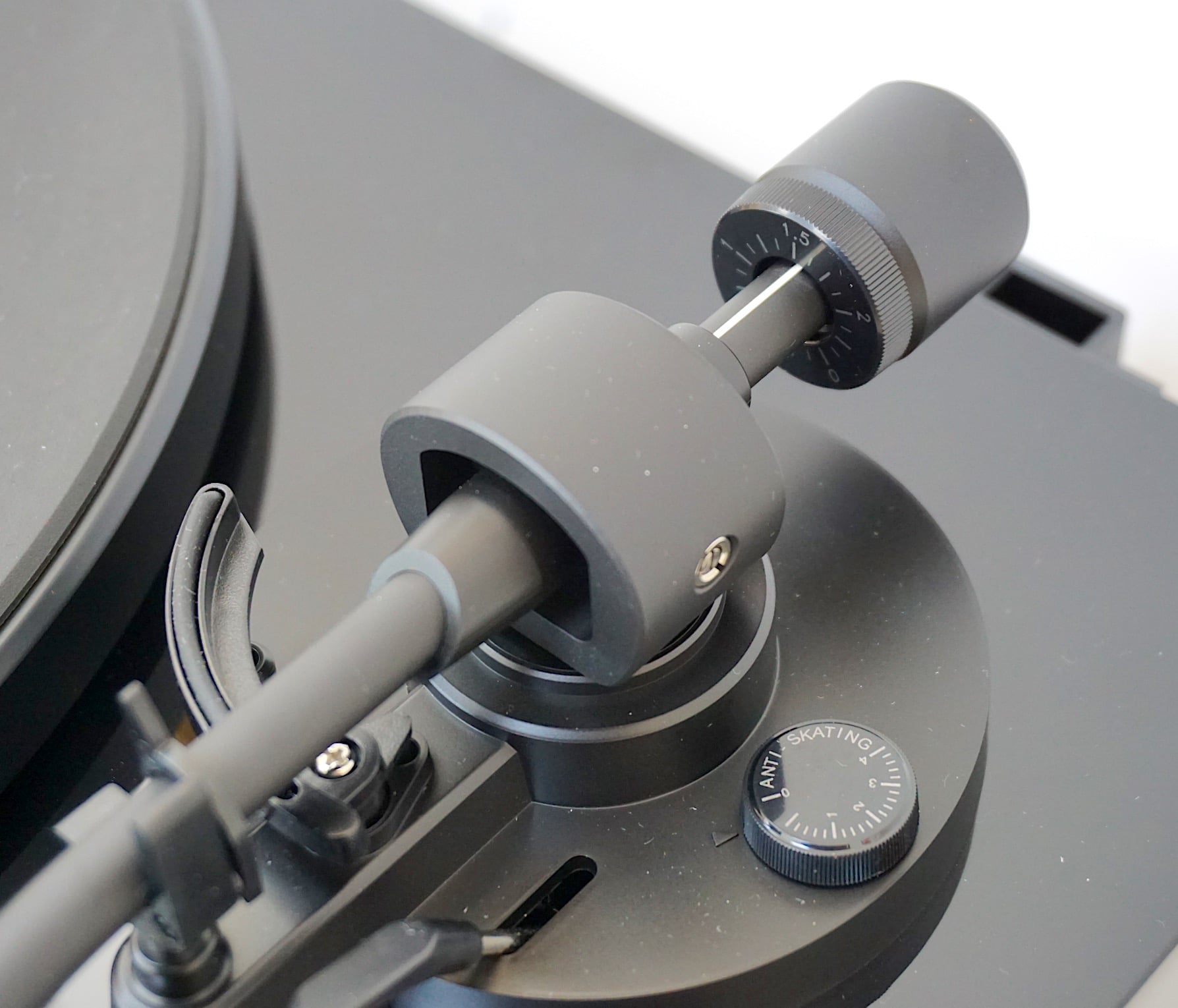
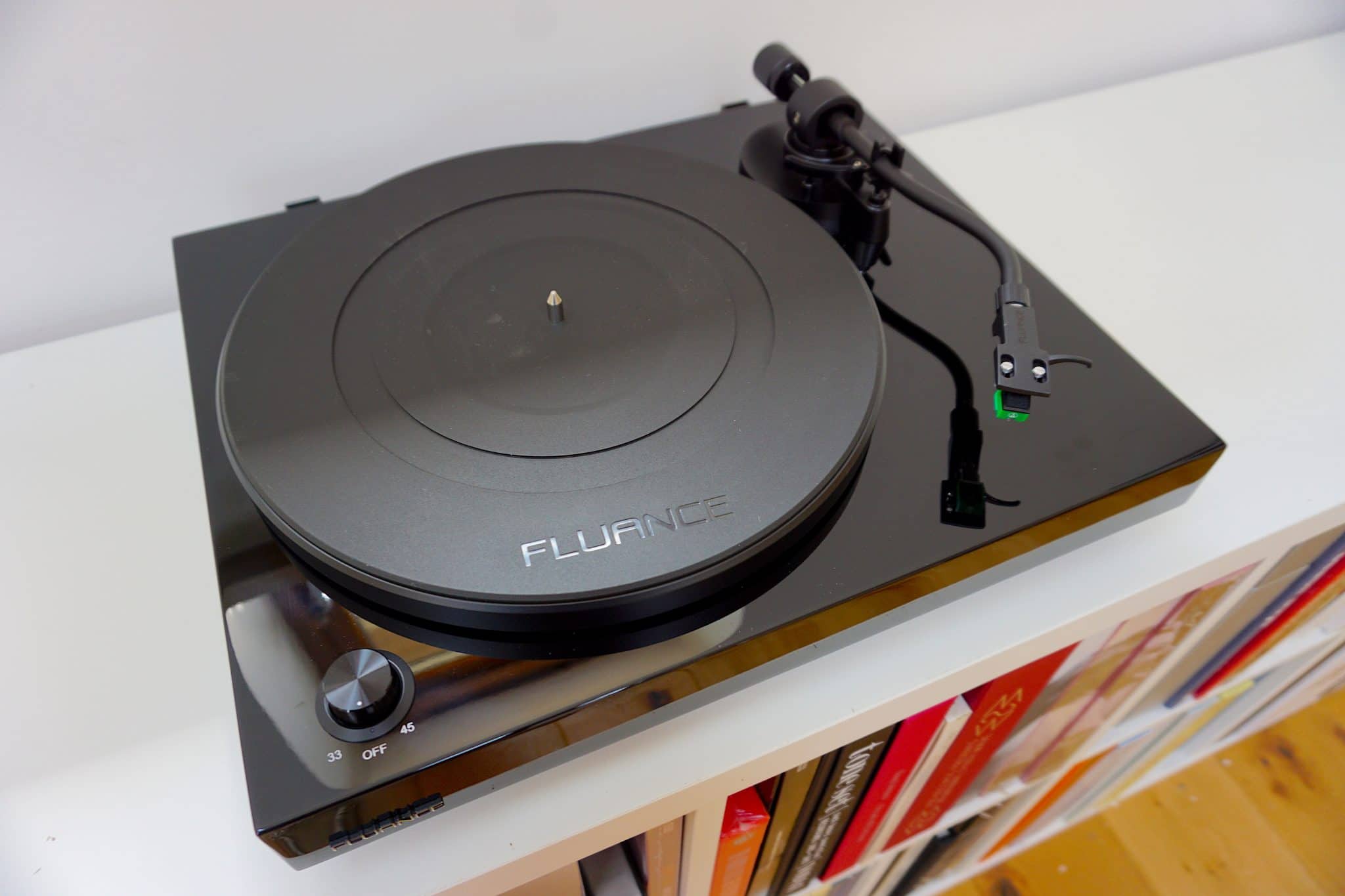
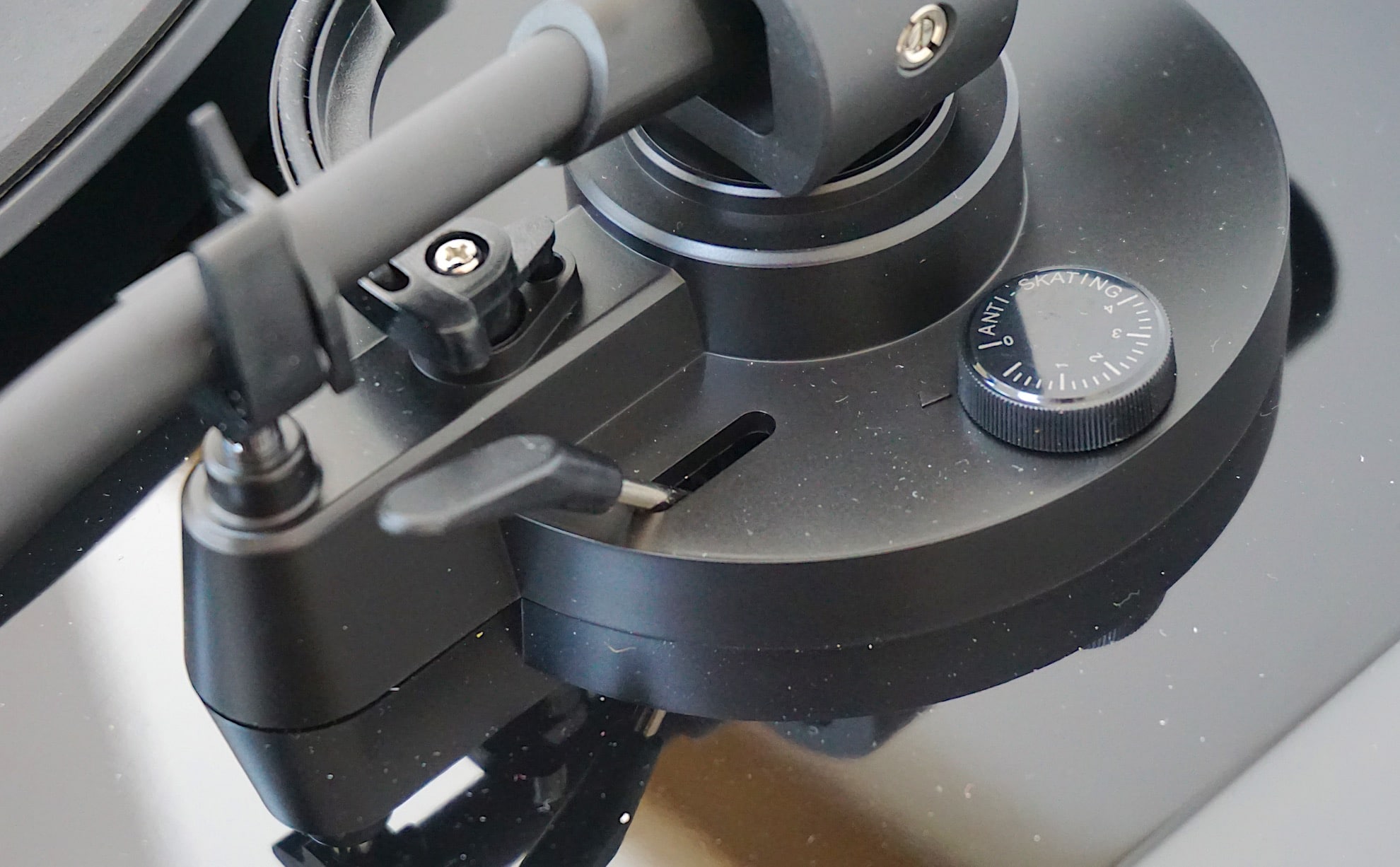


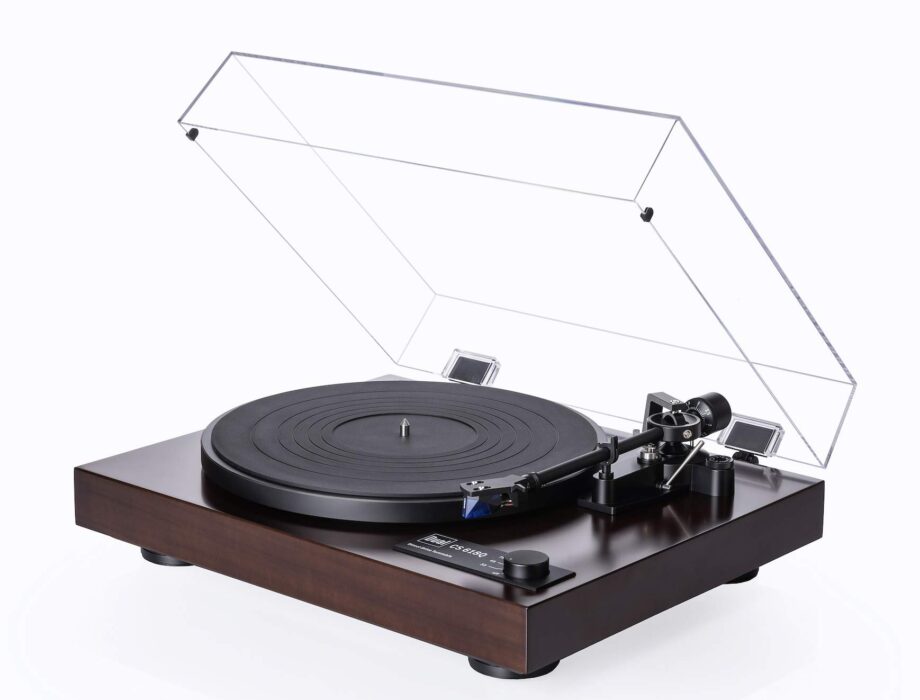
Wow and flutter….please please please check/ measure/comment on wow and flutter….it’s a massive deal breaker for lovers of organ music,!!!!!
Hello Mr Lawford – am I right in assuming that you’re in the market for a new turntable and sound quality is a priority?
Hello Paul,
Great review on the Fluance RT81 turntable. I will be purchasing one now after reading your review.
I do have a question… it comes with the Audio Technica At-95, which is impressive in your review. Would replacing it with the Audio-Technica VM520EB upgrade the sound even more? I have read somewhere that one buyer did this and was very pleased with the results.
Any suggestions you have to offer will be greatly appreciated.
Thank you!
Steve
Hi Steve – sure, by all means. Make sure you run an external phono amp to get the most from this new cart though.
Hi Paul,
I took your description of the RT-81 as a “lifestyle’ turntable as a friendly challenge and made the following upgrades:
Phono Cartridge-Pickit25A
External phono preamp-Project S2
RCA cables-Pangea Prime
The result is a dynamic system that makes me wonder what I might be missing sonically.
Best regards from across the pond,
David
Hi David – yes, all good. How about a platter mat?
Apologies if this is a dumb comment….but if built-in preamps are a bad idea, why don’t manufactures supply them as a separate unit outside the main turntable?
Hi Simon – not at all. There’s no such thing as a dumb comment.
Reasons? Because built-in models cost the supplier pennies. There’s no chassis, there’s no larger power supply and plug, no sockets are needed for external cabling, parts quality is lower…there’s a few reasons 🙂 Also, some people like internal models because it offers a smaller footprint. So internal models are a good practical choice for some.
Yes, that will most likely be next as I see Fluance is now making acrylic mats available for the RT-81 and I know you dislike rubber matts immensely!
Have a good one!
Hi Paul,
Thank you for your response! Just when I thought I had made up my mind with purchasing the Fluance RT 581 I started researching other Fluance TT’s and Regas for comparision. So I now have narrowed it down now to the Fluance RT85 and the Rega Planar 2. The RT85 comes with the Ortofon 2M Blue Cartridge and the Rega Planar 2 comes with the Carbon mm. It seems like the reviews for the Rega Planar 2 are very positive but maybe not so much the Carbon mm. The RT85 also has positive reviews, maybe not as raving as the Planar 2 but the Ortofon 2M blue does get very good reviews. So I am on the “fence” now with these two models. I respect your expertise and opinions in your reviews. Is there any advice you could give me in making the “final decision” between these two turntables?
Thank You!
Steve
Hi Steve – I’ve yet to review the 85 so bear that in mind as I give you my thoughts. Saying, that I’ve had plenty of Fluance experience so can make a few assumptions and predictions. The turntable seems very nice indeed. There’s some good specs there and the Blue is a top-notch cart but I wonder about the the 85’s arm. I wonder if it might be a slight bottleneck. Not sure but it concerns me a tad. The auto-stop feature will veil some detail because it introduces vibration into the plinth. If you have your heart set on a 85, I’m sure you’ll have a great time.
The Planar 2 is geared only to sound and strips away anything that might get in the way so the ‘interface’ is relatively basic but the upper mids/treble will shine and be – I reckon – superior to the 85.
The Pro-Ject EVO – consider this one too – offers an arguably better tonal balance over the Planar 2 (if not dynamic reach) and offers better future upgrade/modding abilities.
Hope that lot helps.
Hi Paul! I was considering upgrading my RT81 cartridge with either the Audio-Technica AT-VM95ML/H (https://www.amazon.ca/dp/B07JLY69J1/?coliid=I13W9UW4AOL273&colid=1LE0VARQ92VMH&psc=1&ref_=list_c_wl_lv_ov_lig_dp_it) or the NAGAOKA MP-110H MP (https://www.amazon.ca/NAGAOKA-MP-110H-cartridge-Shell-Japan/dp/B002SDXZ5O/ref=sr_1_2?crid=3CN0QC19Z8ZUQ&keywords=nagaoka mp-110 cartridge&qid=1689250875&sprefix=mp-110 cartridge,aps,123&sr=8-2).
Note that I prefer buying the combo kit because I’ve had bad luck trying to deal with the wires when replacing a cartridge (broke a cartridge last time I tried).
I checked with Fluance to confirm that the MP-110 is compatible with the RT-81. Glad I did: it isn’t, at least according to Fluance. They write:
“Given that the Nagaoka MP110 requires a 31¬∞ Vertical Tracking Angle & has a height of 18.5mm. We do not suggest using this cartridge with a RT81 as it has different specifications which can result in poor audio quality.
The RT81 can support cartridge model with a weight between 3.5 and 6.5 grams, a height of 17mm and a 20¬∞VTA.”
My current cartridge is the AT-VM95ML, which has a 23 VTA, and Fluance writes further: “Although you may be able to use this cartridge (AT-VM95ML) with your RT81, we do not suggest doing so as due to the VTA variance you may not get the best audio quality that this cartridge can produce.”
It seems my only option is to do as Fluance says and find a cartridge “between 3.5 and 6.5 grams, [with] a height of 17mm and a 20¬∞VTA”. This doesn’t jive with what I see online, including here in your review. Many people talk about upgrading their RT81 cartridge and zero people seem to mention VTA, cartridge height, or weight issues.
Before I answer directly, Mark did Fluance, after rejecting the AT cart, actually go as far as to recommend a particular cartridge that they do approve of?
Hi Paul. Not exactly. They write: “As you note, the manual of the RT81 notes the ATN95E stylus as a compatible replacement stylus, this is because that is the model that comes with the RT81 and has a VTA of 20 degrees…. The AT-VM95ML is a completely different model from the ATN95E which as you stated has a VTA of 23 degrees.”
I’ve tried searching a bit for an AT cartridge with a height of 17mm and a VTA of 23, but I didn’t have any luck.
Hi Mark – ok look, Fluance made this turntable, it’s their design and sure, they’re within their rights to advise you how to use it. they know it better than anyone and they know what cart will work on it. Thing is, from my perspective, to get the best sound from any turntable? There are a heap of variables out there. It takes more than cart VTA to get the best from any deck. You’ve also got to factor in the parts quality of the turntable you have. For the RT81? That turntable is good but it ain’t great. It can’t be great because of the price. The RT81, like any deck in that price bracket, is a compromise. It’s a lovely little turntable but it’s not perfect. No turntable at the price is perfect. So, for example, the arm is ok but not wonderful so I wouldn’t spend too much time on the cart because the arm will waste some of the finesse that an expensive cart will bring to the party. Hence, I would go for the VM95E cart combo: https://www.amazon.co.uk/Audio-Technica-AT-VM95E-Elliptical-Cartridge-Combination/dp/B07JLX1JZ7/ref=sr_1_4?crid=2DF6BQP91F013&keywords=vm95e&qid=1689268681&sprefix=vm95e,aps,97&sr=8-4. Then, to upgrade further? I would change the platter mat. I would enhance the isolation with vibration-sucking feet under each turntable foot. I would remove the lid to reduce vibration. I would turn off the automatic feature at the rear. I would consider a clamp because the bearings could be tighter, etc, etc. That will address a host of issues that a turntable at this price brings. Basically, what I’m saying is that you can dive too far into the weeds talking about minutiae, talking about a degree here or there in terms of VTA when larger issues loom elsewhere, issues that will have a larger say on the final performance.
Sorry, meant “… a VTA of 20…” in that last sentence.
Thanks Paul. Great advice, as always. It might be time to consider upgrading my turntable, perhaps to the Fluance RT85N, which actually comes with the desired MP-110H MP cartridge. I like Fluance for patriotic reasons, but also because, unlike many turntables, you can just easily unscrew the whole cartridge assembly and replace with one of those combo kits I mentioned. No messing with the delicate wires. Cheers.
I did extensive research on this and Project Pick It 25a has a 20 degree tracking angle and weighs in at 5 grams. It is similiar to an OM 10 but has silver coils inside. I noticed an improvement in sound after switching from the AT95E to the PickIt 25A
Great work, David – are you going for the Pick-it?
The OM10 measures in at a height of 18mm and the Pickit 25A should have the same height dimensions
https://www.ortofon.com/support/support-hifi/cartridges-dimensions-chart/
Thank you Paul. Yes, I went with the Pickit 25A and added it to my RT 81. It has been a good addition to my setup without and drawbacks that I can think of. I read one review of it prior to purchasing it by a customer on Analogue Seduction’s website and they said they preferred the sound of the Pick it 25A to their Ortofon 2m Red.
Keep up the quality reviews Paul, I added some Triangke Elaras to my system after watching your review of them and have been happy with them.!
Excellent work, David. I’m sure I’ve reviewed different Pick-it carts here on the website in the past and being impressed so I’m happy they have provided a solution for you. Glad you liked those speakers too!